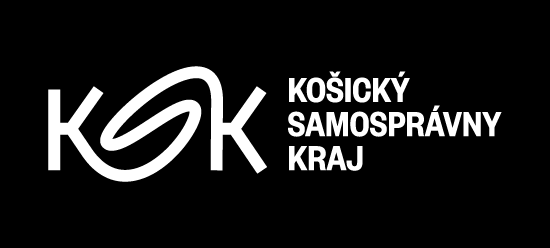Opening: 18. 1. 2022 at 18:00
Exhibition duration: 19. 1. 2022 - 24. 4. 2022
Curator: Štefánia Ďuricová
Exhibition space Q, East Slovak Gallery, Hlavná 27, Košice
The complex relationship between contemporary art and anthropology, a theme that has been frequently addressed by artists, curators and scientists since the 1990s, shapes the narrative of the exhibition Defragmentation of Future Tales. This solo exhibition of Jana Zatvarnická offers a new perspective by questioning didactic observations and established artistic practices and at the same time introducing works of art that are experimental, exploratory and reflective of the present. The artist is interested in reinterpreting identity and culture, using a wide range of media in new ways to create social and philosophical criticism that combines contemporary art with anthropology and ethnography.
The study of artefacts and anthropogenic materials is part of the research process of Jana Zatvarnická which begins with organising the content into categories. She creates works and collects objects to decipher cultural codes when formulating taxonomies of things. She aims to expose hidden myths within the system that she simultaneously re-evaluates. Michel Foucault, in his book The Order of Things (1966), crosses disciplines and invokes the classical systems of knowledge of the seventeenth century that interconnected the whole natural world within a chain of beings and analogies, for example, between stars in the sky and features of the human face. These theories provided the basis for modern sciences, resulting in a kind of archaeology of sciences with complex patterns, which helped them to reveal the arbitrariness of the truths we accept today. In her work, the artist uses non-documentary creative techniques and explores scientific procedures. In the exhibition, the artist uses visual and sensory means of anthropology, relationship aesthetics, art as a means of documentation of the world, exhibition policy and the component of creativity in ethnography.
The artist deals with cultural and social anthropology, which she places on a critical plane. In her work, the defragmented knowledge is brought together in new contexts. She experiments with natural materials that we have had at our disposal as human beings for millennia, such as pigments, resin and clay, which ensure the continuity of our connection with the surroundings and history. Her works are ephemeral but at the same time very real, mediating the intimate world as well as our experience in historical contexts.
Central to the artist’s approach is the responsibility of the Anthropocene for dominance – not only physical, but also mental. Jana raises questions of critical anthropology, archaeology and ethnography in order to find a non-invasive model of studying history, the coexistence of cultures, respect among people and other species that depend on each other. The artist does not try to reconstruct the national bases of traditional culture; on the contrary, she points to respect and gender equality that existed in the past. Rather than epistemology, she seeks universal and transcendental questions about our history, referring to the theories of Donna Haraway. Her primary question addresses the possibility of viewing the predominant discourse from a different angle. By reinstalling objects and cultural symbols, she changes traditional interpretations and encourages viewers to reconsider the social and historical stories that have been hitherto accepted.
Existing knowledge is rooted in the social structure, it is stored in our body archives, in collections, it relates to the language we speak, the archives we use, the way in which we have catalogued, categorised, collected and examined items, how we have designed the buildings of the archives themselves. One possible starting point for the methodology is not to look at our past through power structures, but through a new narrative. In her work, the artist therefore encourages the deconstruction of traditional narratives about civilisation.



